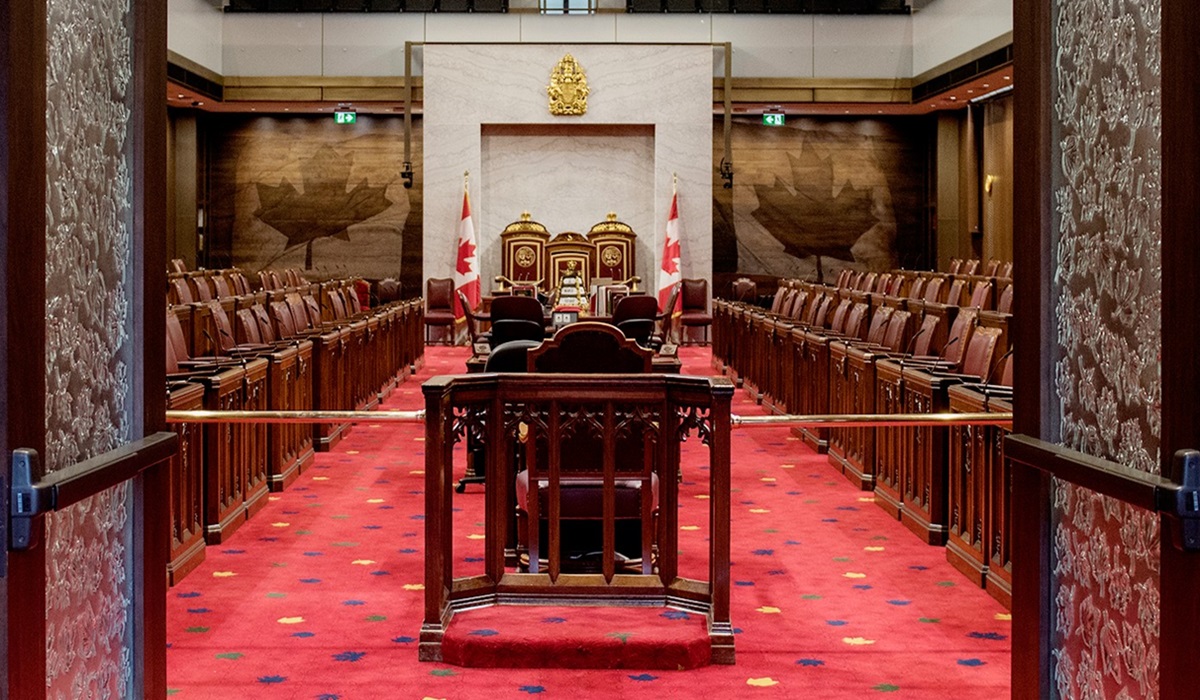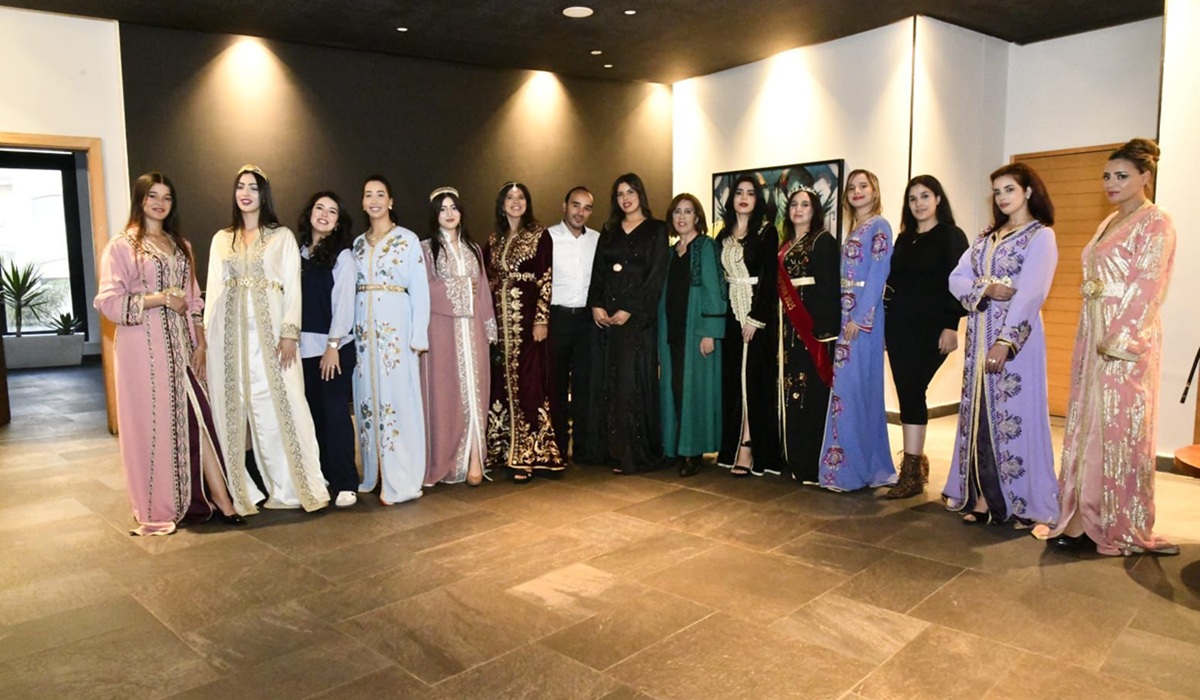Restoring Identity: A Hard-Fought Step Toward Justice in First Nations Status Law
- Kingston Bailey
- Indigenous
- Trending News
- November 20, 2025

Ottawa, Ontario — Quiet on the surface but tectonic in its implications, recent changes approved in the Senate regarding First Nations registration are set to reshape the legal, cultural and personal realities of tens of thousands of people across Canada. On paper, it is a series of amendments to the Indian Act. In practice, it represents one of the most meaningful acknowledgements in decades that the state has long determined Indigenous identity through a rigid, exclusionary system that fractured families and erased entire generations from recognition.
For more than a century, federal legislation dictated who was considered “Indian” under Canadian law. Rather than reflecting community belonging, cultural continuity, or self-determination, registration was governed by colonial standards written and enforced by the same government that imposed residential schools, forced relocations, and policies designed to assimilate Indigenous peoples. The result was a bureaucratic structure that stripped status — and all the rights attached to it — through marriage, gender, and ancestry rules that had little to do with lived identity.
One of the most controversial of these rules was the so-called “second-generation cut-off.” Under this formula, children would lose status if both their parent and grandparent did not hold it. Over time, this effectively engineered the disappearance of entire branches of families from legal recognition, even if they were raised in their Nations, practiced their culture, and identified deeply with their heritage. It was not simply paperwork. It was the slow, administrative erasure of identity.
The recent Senate amendments move to dismantle that structure by recognizing that if one parent is registered as a status Indian, their child may also qualify. This shift alone changes the future trajectory of countless families. It returns pathways to recognition that once had been sealed off by law. It allows those who were told — often their entire lives — that they “did not count” to finally have the possibility of legal and cultural acknowledgement.
But the impact of this decision extends far beyond individual applications. It forces a reckoning with a painful historical truth: for generations, Indigenous identity in Canada was controlled, reduced, and manipulated to serve colonial interests. Women lost status for marrying non-Indigenous men. Children grew up disconnected from their communities. Grandchildren inherited the effects of a system that decided their worth based on lines written in government offices hundreds or thousands of kilometres away.
These changes also open the door for people who were intentionally excluded to reclaim what was taken from them. This is not only about eligibility for federal programs or tax exemptions. It is about recognition. It is about belonging. It is about dignity. In many Indigenous worldviews, identity is relational. It is tied to land, language, kinship, and spirit. To deny someone recognition within that framework is not just an administrative act. It is an emotional and spiritual severing.
Yet, as significant as the moment is, it does not come without complexity or concern. First Nations communities themselves are now preparing for the real-world consequences of expanded registration. Increased population means increased demand for housing, education, health services, and infrastructure — much of which is already underfunded. Chiefs, councils, and local administrators are asking practical questions that remain unanswered: Will federal funding grow alongside registration numbers? Will communities be given the resources to support new members with dignity? Or will yet another burden be shifted onto already strained systems?
There is also the question of how identity is defined once someone becomes newly eligible. Legal recognition does not automatically reconnect someone with their language, ancestral land, or traditions lost through generations of separation. That type of healing takes time, mentorship, and support. Many who regain status may feel both joy and disorientation, suddenly welcomed into a space that was historically denied to them but where they may not yet feel fully at home. This moment, therefore, demands not only legal change but culturally grounded guidance and care.
The Senate’s move also forces Canadians as a whole to look more closely at how deep the damage of colonial legislation runs. While this change is framed as progress, it is also an admission of how much harm was built directly into law. It reminds the country that discrimination was not just societal, it was institutional. It did not happen by accident. It was written, debated, approved, and enforced over generations.
For many elders, survivors, and families, the amendment brings complex emotions. Relief, yes. Validation, absolutely. But also grief — for those who passed away before seeing this change, for languages never relearned, for ceremonies never attended, for years spent believing a lie imposed upon them by legislation. This is why some leaders have called the moment bittersweet. Justice delayed is never clean. It always carries the weight of what was lost along the way.
The federal government will now be tasked with moving the legislation through the final steps required before it takes full effect. Once enacted, departments will need to prepare for an influx of applications and appeals. Records that were once dismissed will be reopened. Family histories that were once deemed insufficient will be reconsidered. And a new chapter will begin in the relationship between Indigenous peoples and the state — one that, for possibly the first time in decades, bends slightly more toward repair than control.
Still, genuine reconciliation does not begin or end with a Senate vote. Laws can shift in an afternoon, but trust takes generations to rebuild. Many First Nations leaders continue to emphasize that true self-determination means having authority over their own citizenship laws, without federal interference. In that sense, this amendment is not an end point, but a stepping stone toward a future where identity is no longer something governed by Ottawa, but by the Nations themselves.
For now, however, there is the significance of this moment. A door long sealed has been reopened. A line that erased identity has been redrawn. Families who lived in the margins of recognition may soon stand fully within their own history again.
This is not just a legal reform. It is a reclamation. And for many who have waited their entire lives, it is the first time the system that once rejected them has finally spoken words of inclusion instead.








